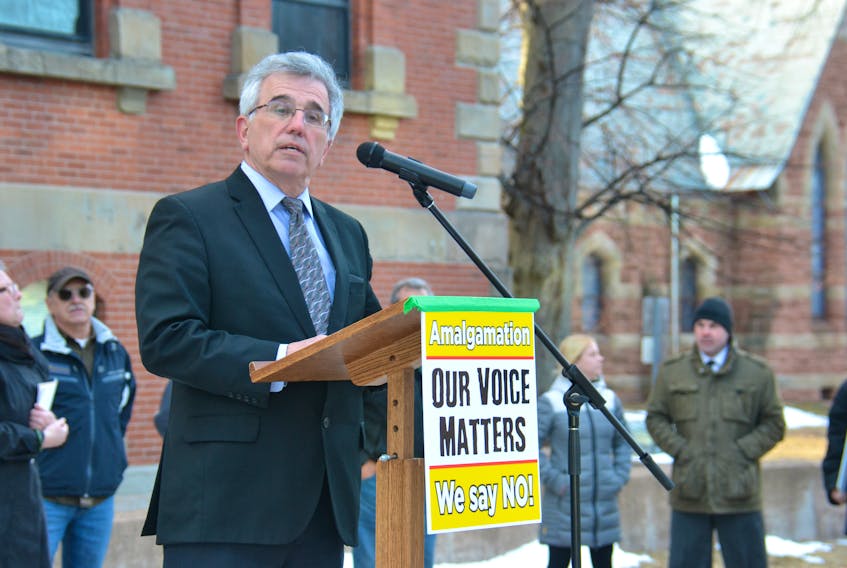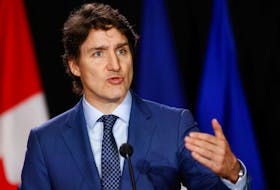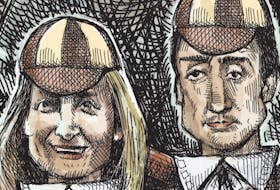Photographs are magic.
Ask Lyndon Johnson. OK, he’s dead, so you can’t. But if you could, I bet he could describe in excruciating detail one of the photos that helped sink his presidency.
It involved Nguyễn Ngọc Loan and Nguyễn Văn Lém.
Who? I bet the president of the United States didn’t either, but he knew the photo.
Loan was Vietnam’s chief of the national police. In 1968 he sauntered into a street, waved a group of soldiers away and shot Viet Cong leader Lém in the head.
If you watch the video – it’s on the internet, of course – it’s has this oddly sudden, unemotional sense to it.
But the photo is timeless. The bullet has entered Lém’s head. This is the last instant of his life. And you can stare it for as long as you want as it sits there patiently awaiting your response.
The response from the American public was immediate.
Countries like to wrap themselves in a myth about who they are and how others see them. Canadians are nice guys who play fair and are respected by the world. That’s our myth and we’re sticking to it.
Our American cousins are the cowboys who stride into town with their six-guns strapped to their hips, ready to fight any injustice, all in the name of freedom and democracy. They’re the good guys.
But when you’re the ally of someone who shoots a guy in the head without so much as disturbing the cigarette dangling from your lips, it’s tough to argue you’re the good guy.
Images like that poured out of Vietnam, destroying America’s self-image, and with it any belief in the rightness of their government and political leadership. The country never recovered.
It can happen that quickly. Which brings me to Environment Minister Richard Brown’s middle finger.
Brown is a fun guy, something of a rarity when it comes to politicians in their day-to-day work lives. He’s passionate and excitable, and any political watcher worth their salt has to wish more politicians were that way.
But really, the middle finger?
Brown shot that finger into the air in 2016 - while the Liberal caucus was outside Province House posing for a Christmas card photo no less - in response to someone shouting for the party to honour the vote in the electoral reform plebiscite.
The video is one thing.
The finger is flicked up, and up, and then it’s gone in a flash. It’s not really that dramatic because it’s too sudden. More noticeable is Justice Minister Jordan Brown throwing his head back in laughter.
But the still image pulled from the video is something else entirely. It sits there, waiting patiently for you to finish staring at it. It’s in no hurry. There’s Brown, front row centre, finger jutting out, pointing right at you.
It’s not, of course. And Brown doesn’t deserve to become a symbol, but life’s like that. And symbols are arbitrary.
Governments deep into their third term are always afraid of a being considered arrogant, lost in a sense of entitlement. Critics and opponents tend to say they’ve grown used to being in power, so it’s time to teach them a less by throwing them out.
Shooting a finger at the voter reinforces that argument. And symbols can prove deadly at election time.
- Rick MacLean is an instructor in the journalism program at Holland College in Charlottetown.









